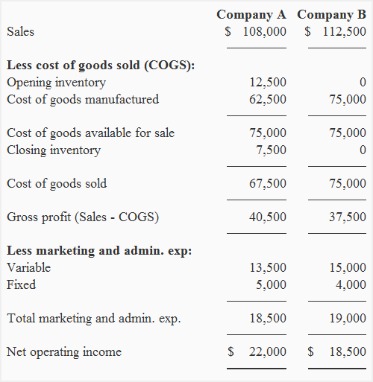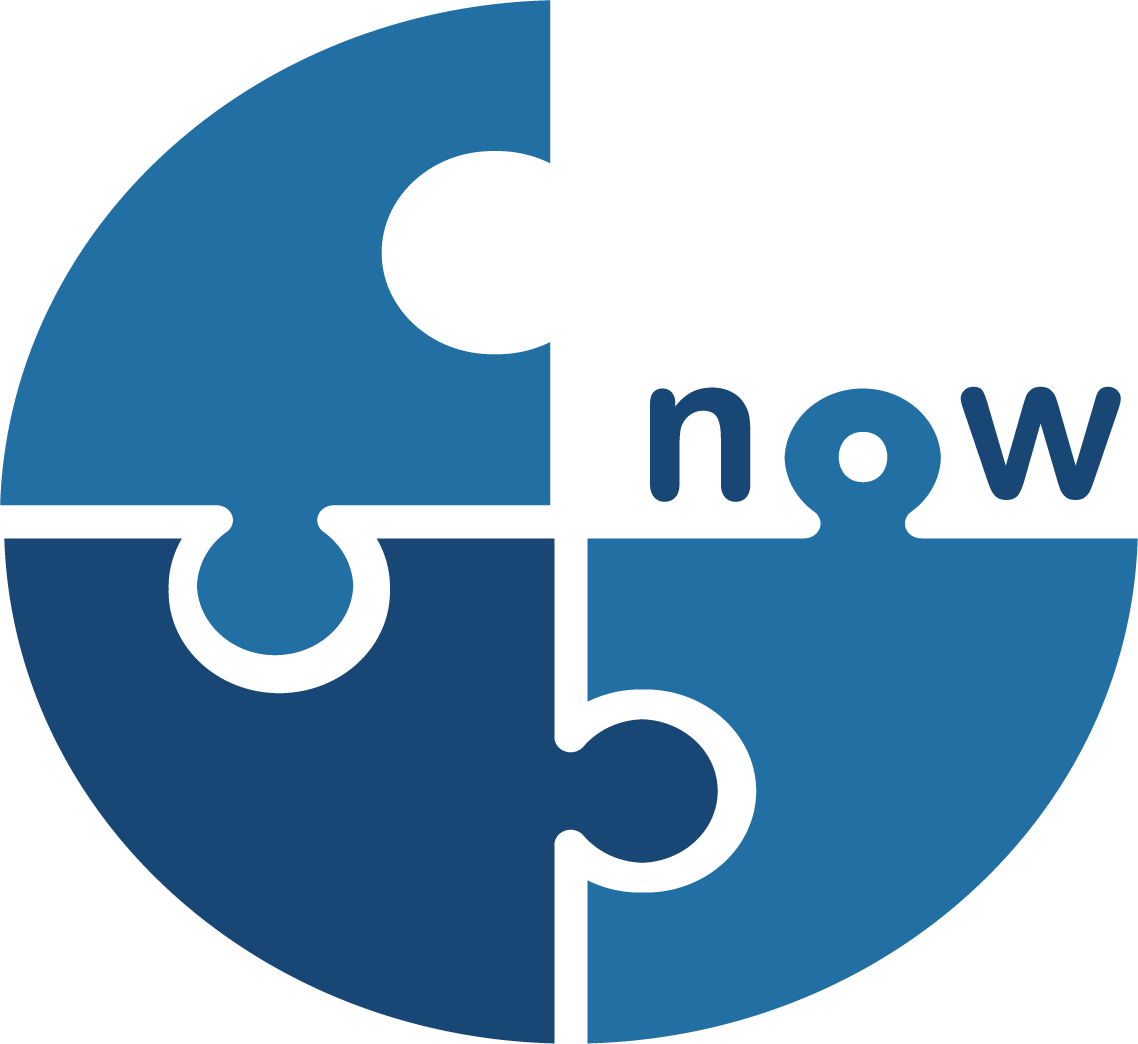Content
The IRS allows you to deduct the costs of nearly any business expenses. This applies as long as these costs are considered ordinary and necessary, directly related to your business and for a reasonable amount. Your business expenses can include the costs of running your business, company software, advertising, tax prep fees and more.
- For example, LLCs may be taxed as sole proprietorships, partnerships, or corporations.
- Paying yourself as a business owner is an important transaction to do right to make sure you’re staying compliant with tax laws.
- If your business is an LLC and you don’t have any other employees, you’ll also need to use an owner’s draw in order to pay yourself from your business.
Sign up for our newsletter — it’s packed with need-to-know info for business owners at any stage. No matter the preferred option, a business checking account is necessary to conduct payroll. Whether you’re running your business as a side hustle or it’s a full-time commitment, you’ll get to a point where you will want (or How To Pay Yourself As A Business Owner need) to take some of the revenue for yourself. The best way to do this is to pay yourself a “salary” – there are different ways to do this. For this, you would first have to look into the net income of your business. This is nothing but the income left after deducting all business expenses from your gross revenue.
Accounting software
The goal here is to strike a balance between a salary that covers your living expenses and a healthy business bank account. If money is tight with your current business income, see what you can adjust to make it work. As a small business owner, paying yourself consistently and frequently to maintain a healthy financial life is important.
You must also ensure that you file the required forms, such as a Schedule K-1 if you have an S Corporation. That’s why draws can take more of your (or an accountant’s) time than a salary. Tracking your profits and doing your taxes may be more time-intensive. The biggest drawback of choosing a salary is the lack of flexibility. It’s common for new small businesses to make uneven profits per month (or even per week). Since a salary is a fixed amount, you’ll want to ensure that your paycheck can always be covered by your profits.
Not budgeting for taxes
An LLC is also similar to a sole-proprietorship or partnership firm. Therefore, the owner of an LLC can receive the owner’s draw instead of a salary. Therefore, you can take an owner’s draw from the equity of your business. As mentioned above, an owner’s draw is the amount of money that you can take out from the owner’s equity for personal use. Typically, the owner’s equity is used for the sole proprietorship. In the case of an LLC or a corporation, the owner’s equity may be termed as shareholders’ equity or stockholders’ equity.

You don’t have to wait until the end of the year to withdraw your profits, though. To pay yourself when you need money during the year, you take what’s called a draw on the profits. Taking a draw simply means taking money from the business account and giving it to yourself.
What is Owner’s Equity?
Business owners love Patriot’s award-winning payroll software. Because of that change, Bajan and Artz had to determine an actual salary, one that they could pay themselves every two weeks. To do that, he looked at Glassdoor, a site where people anonymously post their salaries. The two co-founders call themselves creative directors, so they looked at what an ad agency creative director might make and took the lowest number they could find. “So we started taking way less than ever before. We gritted our teeth and hoped our wives would play along with the gamble of starting our own agency.”

Taking dividends from your company means you are a shareholder. It does not matter whether the person works https://kelleysbookkeeping.com/ full time or part time. You use Form 1099-NEC to report payments to others who are not your employees.

Recent Comments